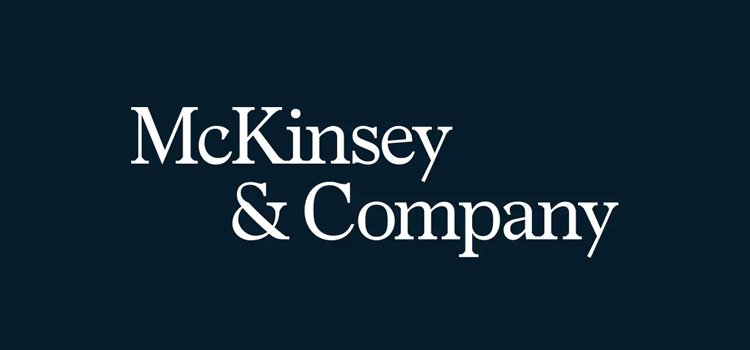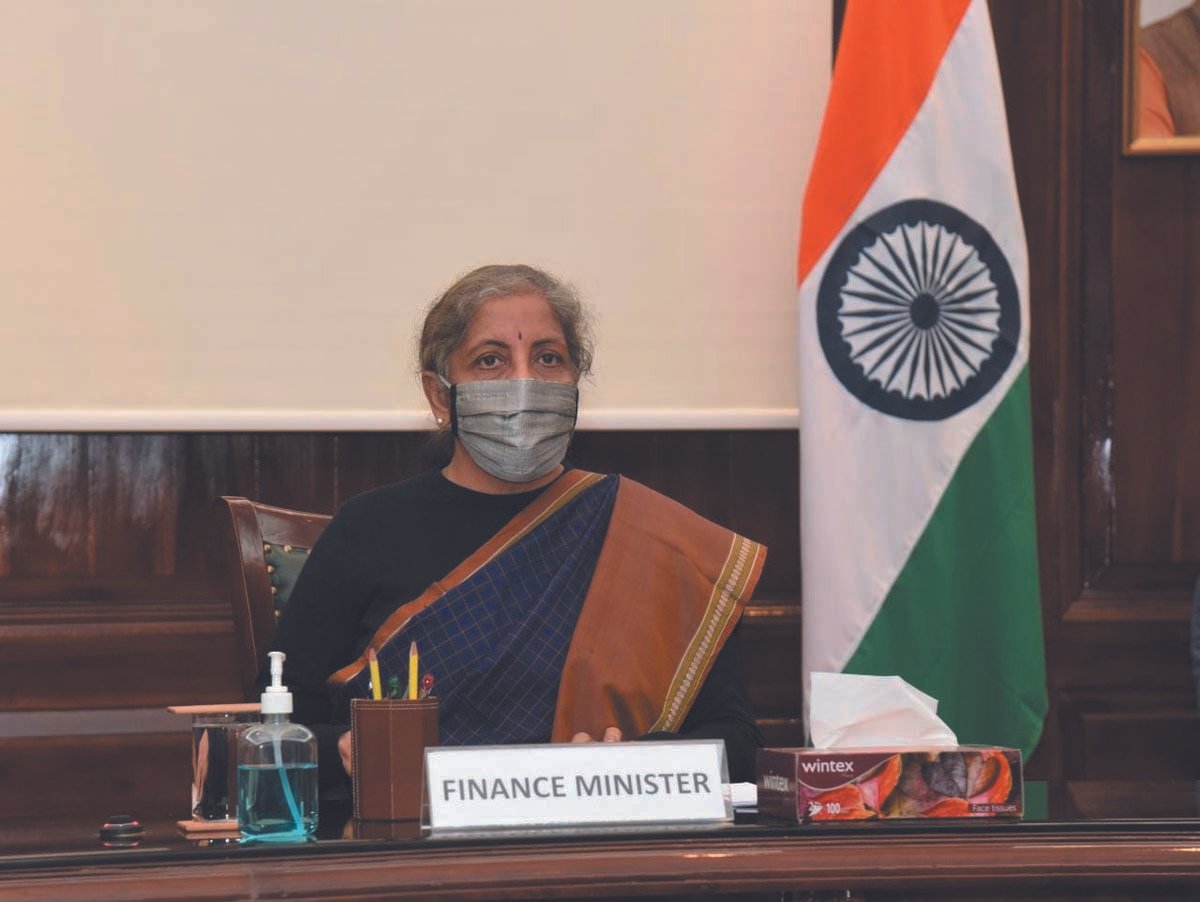MONEY
Banks throw caution to the winds and make lower provision for loans
- IBJ Bureau
- Apr 29, 2023

India’s banks spent most of the last decade out in the wilderness as a punishment for lax underwriting standards on their corporate loans. Now, they have regained their health, restored profitability and re-established investors’ trust. The benchmark Nifty Bank Index is close to an all-time high. With everything going well, the lenders should be turning cautious. But recent full-year results show an opposite trend: Provisions for future loan losses are beginning to decline. This may not be prudent.
Across most of Asia, muted big-ticket consumer expenditure – such as on housing – and restrained capital expenditure by companies have led to only a mild post-pandemic recovery in credit, which makes India’s double-digit loan growth a notable exception, according to economists at Australia & New Zealand Banking Group. Just last month, New Delhi-based developer DLF sold $1 billion worth of million-dollar homes on the outskirts of the national capital in 72 hours. A one-year, 29 per cent jump in credit-card debt has made even the Reserve Bank of India, the banking regulator, a little uncomfortable. The central bank has cautioned lenders about the risk of delinquencies on their unsecured loans at meetings over at least the past three months, the Reuters reported recently.
Yet, HDFC Bank and ICICI Bank, two of the country’s largest lenders by market value, slashed their loss provisions for the financial year that ended in March 2023 by 23 per cent. The money ICICI has set aside cumulatively is now Rs 900 crore less than a year ago. That is not a problem yet because gross non-performing assets have declined at a faster pace of Rs 2,700 crore. However, there is nothing to suggest that they will not rise again.
With the incremental credit-to-deposit ratio running at 111 per cent, Indian banks will have to pay more to savers – sacrificing some part of their high profitability, although even this will not affect all lenders equally. Higher deposit costs “will tip the scale in favour of our rated banks, allowing them larger bargaining power to price the loans and hence to defend their margins,” according to Rebecca Tan, a senior analyst at Moody’s Investors Service. Problems may erupt elsewhere. “The key risk we are watching really is the quality of these bank loans to small and medium-size enterprises, and that is predominantly because of the current rising rate environment,” she said in a Bloomberg TV interview last month.





















Report By
View Reporter News